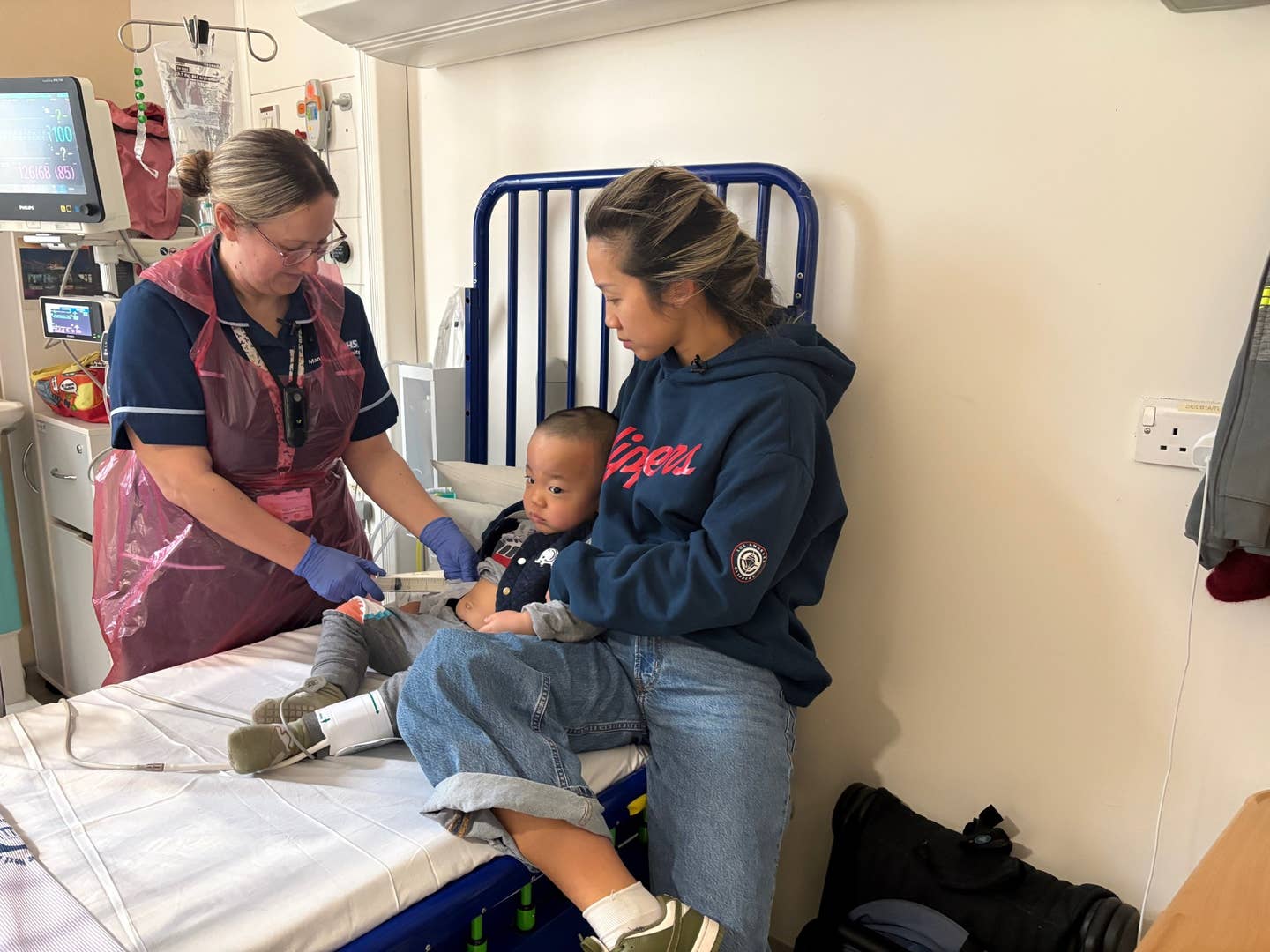In Vitro Fertilization About to Go On Sale < $360

Share

While celebrities have been making a habit of going to Africa to adopt children, couples looking to conceive through in vitro fertilization (IVF) may soon be journeying there as well. That's because Sudan and Egypt will be the first countries where the Low Cost IVF Foundation (LCIF) and the European Society of Human Reproduction and Embryology (ESHRE) establish their clinics to provide IVF at rock-bottom prices. Cheap IVF is another sign of how powerful technology is spreading and gaining momentum by being adopted by the masses. ESHRE will aim for a $360 price tag while LCIF could go lower than $300. These two foundations plan to cut out all the bells and whistles so that third world countries can benefit from IVF. If this procedure starts costing just hundreds in Africa, you can bet that prices in the rest of the world will plummet.
Few health care providers in the US will foot the $12,000 bill that accompanies most IVF attempts. In the UK, the national system will only cover its $8000 (USD) expense under certain conditions. And most IVF plans may require more than one attempt. This means that for many couples experiencing infertility, in vitro fertilization is a process that necessitates loans or years of savings. Bringing cheap IVF to the masses will mean more of those couples can get their families started sooner, and on sounder financial footing.
For those of you wondering why LCIF and ESHRE are targeting Africa, it all comes down to disease and social stigma. African countries have typical infertilities rates of 10-30%, compared to less than 10% in US and Europe. In Sudan, about 20% of adults are infertile, mainly due to untreated sexually transmitted infections, botched abortions, and post-delivery complications. Furthermore, women who cannot conceive are looked upon as abnormal and may experience a wide range of problems including divorce or even death. LCIF and ESHRE are hoping to combat the ravages of disease, especially HIV/AIDS, and the social injustices that plague Africa through cheaper IVF.
How low can you go?
For the most part, cheaper IVF is made possible by looking to create fewer children. In the US and Europe, women going into the procedure are often given Follicle Stimulating Hormone (FSH) which causes ovaries to release multiple eggs. FSH can cost thousands of dollars per dose. A cheaper alternative, using clomiphene to stimulate the pituitary into generating its own FSH only costs $11. Clomiphene tends to allow the production of fewer embryos, but it can be repeated more often. ESHRE expects a 15 to 20% success rate, considerably less than the average for IVF in the EU (25%) or the US (35%), so repeated attempts may be necessary.
LCIF and ESHRE are also hoping to cut incubation periods down to just one or two days and to avoid all freezing of embryos. Typical incubating systems cost $40,000 to purchase, but ESHRE is seeking an alternative system with a price tag closer to $1000, and LCIF is just going to use warm water baths (seriously). INVO Bioscience, based in Massachusetts, has an alternative method: use the mother's own body heat. Their INVOcell product is a capsule made to incubate embryos within the vagina and only costs $85 in Africa (about $185 in the EU). INVOcell is still pretty new but has had about 20 successes (out of 85 trials).

Be Part of the Future
Sign up to receive top stories about groundbreaking technologies and visionary thinkers from SingularityHub.


And the cost cutting just keeps coming! They won't be using carbon dioxide gas to help fertilization, plus they'll have cheaper microscopes, and second hand ultrasound machines. All these cut backs end up translating to a lower success rate, fewer embryos made and none frozen in storage. The upshot is a huge drop in price and the ability to repeat attempts more often due to the difference in hormone treatments.
Already the LCIF clinic in Khartoun, Sudan has been performing intrauterine insemination (IUI), where optimized semen is inserted directly into the uterus. They've had 500 trials with a 10-15% success rate. The IVF procedure is more complex than IUI, but LCIF is proving that the concept of cheap fertility clinics is sound. They plan to expand into Arusha, Tanzania and Capetown, South Africa soon. ESHRE will base its clinics in Cairo and Alexandria, Egypt.
No more Octomoms, but lots more unimoms
While the "cheaper is better" approach will mean fewer brood pregnancies, it is designed to increase fertility over all. This is good news to hopeful couples in Africa, but it has important implications for the rest of the world as well. Pregnancy tourism to Egypt and sub-Saharan Africa may seem outlandish now, but other forms of healthcare tourism are already gaining momentum around the globe. Domestic prices for IVF are likely to drop if LCIF and ESHRE can prove that lower success rates and multiple attempts are a viable and much cheaper approach. In short, no matter where you live chances are that this work will put IVF at your disposal in an unprecedented way.
I think that giving individuals more control over their health, reproductive or otherwise, is a good thing. I understand some are concerned with "overpopulation". Well, all forms of advanced health care translate to more people living longer, so where do you draw the line? Would a cure for cancer be an overpopulation concern? In the long term, shear numbers are likely to be less important than the way we approach sustainability. Everyone can have children if we take the effort to provide a means to allow those children to interact with resources in a responsible way.
Perhaps the biggest issue here, however, is not fertility but access. Technology is historically a trickle down phenomenon. The rich and powerful get first dibs, and then mass production efficiency brings it into the realm of the common citizen. Third world countries are at the end of the line. Now, however, that trickle down is becoming a flood. We've seen how genome sequencing is getting cheaper very quickly, and the same is true for health care monitoring, IVF, laptop computers, cell phones, etc. Technology isn't just developing quicker, its disseminating quicker, and our children may see a day when the newest devices are affordable from the day they are first launched. Some of those children may, in fact, be born because of those technologies.
Related Articles

One Dose of This Gene Editor Could Defeat a Host of Genetic Diseases Suffered by Millions

Groundbreaking Gene Therapy Transforms Life of Boy With Devastating Disorder

Scientists Say We Need a Circular Space Economy to Avoid Trashing Orbit
What we’re reading